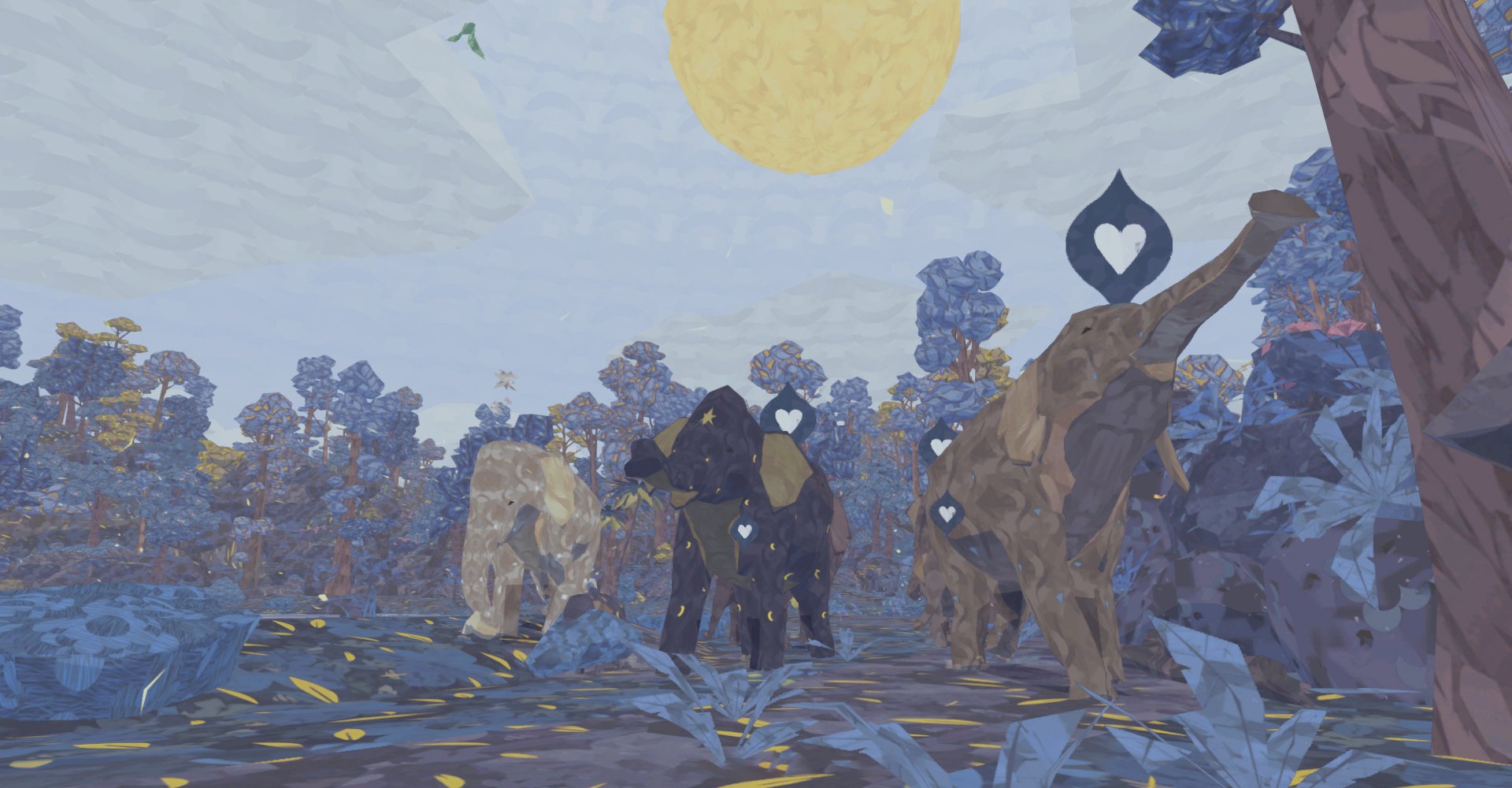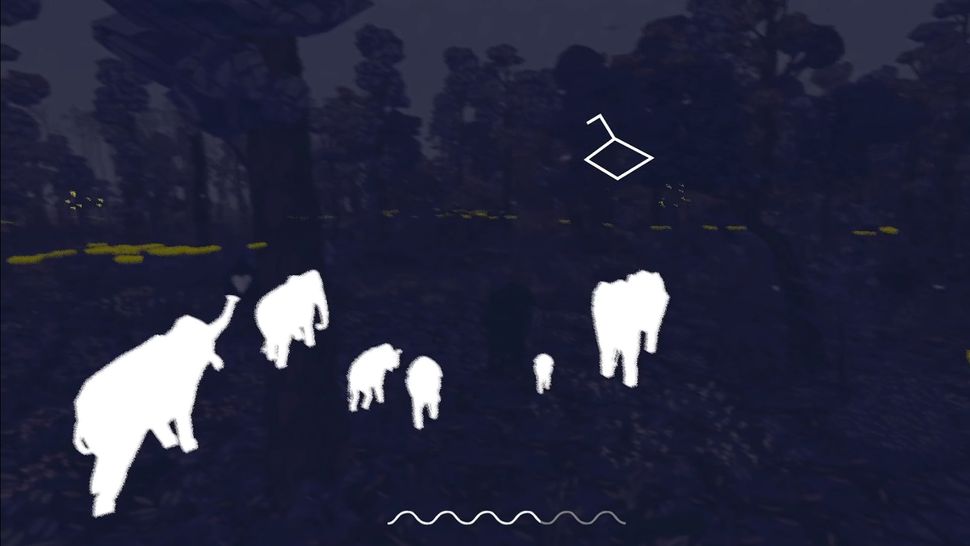

It doesn’t take up any room inside my bags, is easy to slide in and out when I’m pitching camp, and stays solidly in place–perfect! Mike is carrying the pole below his handlebar roll in this image.Īnother alternative is to locate a stick at your campsite that’s approximately the right size and sufficiently strong to support the tent. But I found the perfect solution: I carry the pole by sliding it through the straps of my handlebar roll. Your best bet would be a ponderosa pine, but finding the perfect type of tree in the perfect climate zone, and then finding the perfect limb, all with the perfect flat spot below it, and not too far from water… locating such a site seemed like too big a gamble to take, so I packed the pole on all of my trips.Īt first I was frustrated by this–more weight and more space in my pack! I had heard from some other people who have tried this shelter that they chose to stash the pole in their frame bag, but I was unwilling to sacrifice so much room for a piece of metal. Lodgepole pines have very few limbs to speak of. The limbs on the bigger aspen trees don’t start until almost the very top, and they’re diminutive in size. Even the taller trees rarely offer limbs long enough to reach out over a tent. In others, the trees you find are short, worn by the weather, scraggly, and useless. In theory, tieing the top of the shelter to a tree limb makes sense… until you start looking at the trees we have here in Colorado. Out on the TrailĪs I took to the trail with the Apollo shelter, I couldn’t bring myself to leave the 9.7oz of pole weight at home. The only way to come close to the claimed minimum weight is to use the shelter without the pole.

Here’s what I found for measured weights using my kitchen scale.Īccording to my scale, if you pack everything, including all stuff sacks, guy lines, stakes, the pole, and a couple of ultralight carabiners for attaching guy lines (added), total weight comes to 2lbs 1oz (935.5g).

However, there is a guy line from the top of the exterior of the tent that could theoretically be used to tie the top to an overhanging branch, thereby eliminating the weight and the awkwardness of carrying the pole.Īccording to Nemo, the minimum weight of this shelter is 1lb 5oz (569g) and the packaged weight with all stuff sacks, poles, and included instructions–everything–is 1lb 8oz (704g). The sides are then staked out, and the guy lines are stretched out and staked (or attached to trees or rocks) to provide more stability. The default setup of the Apollo utilizes an expandable aluminum pole in the center of the tarp to give it its shape. It offers 57 square feet of floor space, up to 58 inches of interior height, and is rated for up to 3 people. The Apollo’s single wall membrane is made of 15D Sil/PU Ripstop Nylon (1200mm). It doesn’t have a floor and features a single wall construction, yet if you pitch it with the edge close to the ground it attains the form factor and much of the function of a tent, with plenty of headroom and a zippered door. The Apollo 3P is essentially a tarp shelter that is pitched like a tent. Here’s how the Apollo 3P performed on my bikepacking trips this summer Click here for my analysis of the Argali + Tensor Insulated.

While Nemo sent over the Escape Pod bivy (basically a bug net) and I did do a test setup, I chose not to pack it on any adventures because, as long as you choose your campsite well, there’s very little chance of encountering serious mosquitoes in Colorado’s High Rockies. I tweaked the system slightly to my own needs, combining the Apollo 3P with the Argali 15F sleeping bag and Tensor Insulated sleeping pad. They bill their new Apollo 3P shelter as a “bikepacking tent,” and recommend combining it with the Moonwalk sleeping bag and Escape Pod bivy for the ultimate bikepacking setup. Nemo Equipment is an acclaimed backpacking gear brand, and they’re working to break into the bikepacking niche by releasing products that they claim are bikepacking-specific. Are you traveling solo, or with a small group? Are you riding light and fast in race mode, or taking your time and looking for a added protection at camp? The type and size of shelter you choose for your epic bikepacking trip will vary widely depending on your goals.


 0 kommentar(er)
0 kommentar(er)
